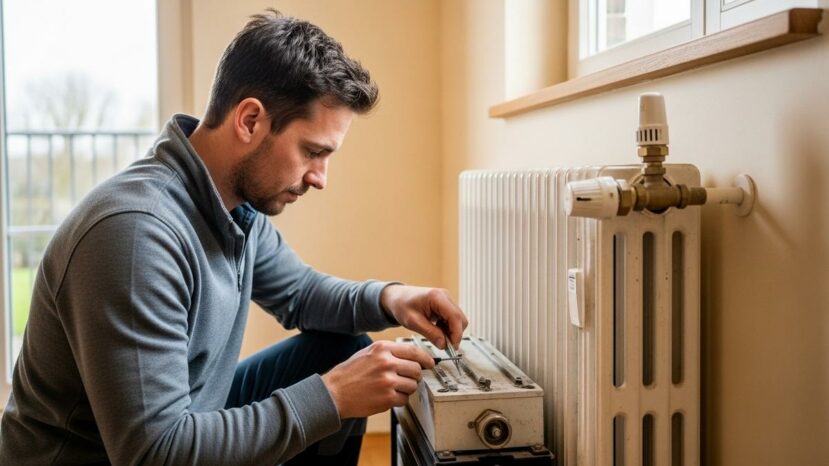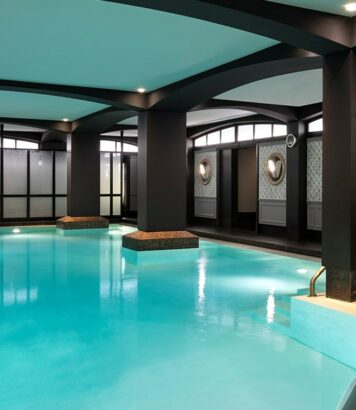Radiators: the little-known adjustments you can make before winter to cut your bill in 5 minutes

Faced with rising bills, we’re finally taking a look at our radiators. However, a discreet adjustment can change the situation without any work. So you can act quickly, methodically and sensibly.
The little-known setting that changes everything
The adjustment that is often overlooked is circuit balancing. In practical terms, this means adjusting the return tee to dose the flow. In addition, distant radiators finally receive their share of heat.
In this way, parts reach the right temperature without overheating. As a result, consumption drops when the flow rate is right. Experience shows that 5-15%savings are possible with well-balanced radiators.
Start by opening all thermostatic valves. Next, locate the radiators that heat up faster than the others. On the other hand, close their return tee by a quarter-turn, then wait.
“A quarter turn, then observe for ten minutes before any further adjustment. “
How to proceed safely, step by step
Leave the system running for 10 to 15 minutes after each operation. Also, touch the flow and return pipes to compare. If the difference is still large, adjust again, especially on radiators close to the boiler.
But never completely block a return line. From now on, keep at least one circuit open to protect the pump. This setting applies to water circuits and their radiators, not electric convectors.
- Start the boiler with all heads open
- Slightly reduce the heat, then wait.
- Record temperatures for each room to check
- Target 19 °C living room, 17 °C bedrooms, 15 °C unoccupied
- Record each quarter-turn and the adjustment date
Thermostats, purge and flow temperature
From now on, set the heads to the level that suits you best. For example, position 3 often targets
Also, purge at the start of the season when the system is cold. In short, a slight hissing sound indicates air to be evacuated. After bleeding, the radiators heat up without any disturbing noise.
So adapt the boiler flow temperature to the weather. For example, a lower flow temperature is often sufficient when it’s very cold. This reduces radiator overheating and wasted energy.
Signs of imbalance and quick solutions
However, a lukewarm living room and a too-warm bedroom betray an imbalance. Also, a head that’s always almost closed is another clue. In this case, go back to balancing and keep an eye on the nearest radiators.
What’s more, free up space: no glued curtains or tight covers. That way, convection can circulate and thermostat readings remain reliable. Clean up dust, as it insulates radiators and distorts regulation.
Practical issues, costs and mistakes to avoid
I don’t have access to the precise content of the article via the link provided, but I can provide you with a methodology for extracting the relevant information. To do this, open the page, note the references and prices quoted, then draw up a clear list only if the text mentions products.
On the other hand, avoid three mistakes: shutting everything down, moving too fast, and forgetting to test. So, if you have any doubts, have them confirmed by a qualified professional. Properly adjusted, your radiators will last longer and consume less over the season.
That’s why it’s a good idea to schedule a check-up for the beginning and middle of winter. As a result, your comfort remains stable and the boiler works smoothly. And, above all, you keep control of your radiators without unnecessary expense.





No comments
Post a comment
Always participate in accordance with the law and with respect for others.